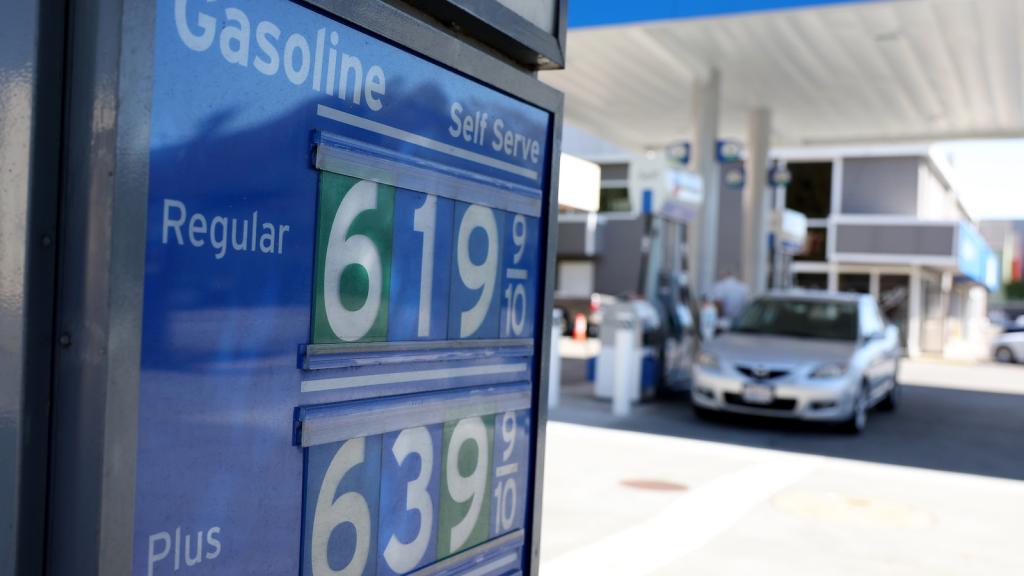This story was originally published by Canary Media and is reproduced here with permission.
In New York City, the path to decarbonization runs through apartments. The city has more than 2 million rental housing units, most in high-rise or multistory buildings. Buildings at large account for nearly three-quarters of citywide emissions, and many building owners face potential fines if they don’t comply with tough carbon-cutting targets starting next year.
But even with these fines looming, apartment owners face a “classic split incentive” challenge for carbon-cutting and energy-saving investments, said David Klatt, chief operations officer for Logical Buildings. Simply put, building owners bear the costs of efficiency investments, but tenants reap most of the rewards in the form of lower energy bills. “Why should the owner of the building invest in making your apartment more energy efficient if all the benefit [goes] to the resident?”
On March 28, Logical Buildings and financing partner Keyframe Capital announced their plan to help overcome this challenge — a $110 million financing vehicle to install and operate smart thermostats in thousands of rental units at low to no upfront cost for building owners in New York and New Jersey.
The plan represents one of a growing number of energy infrastructure investments targeting the split-incentive problem in multifamily buildings. Similar structures are putting money into shared solar and backup battery installations and electric vehicle chargers in multifamily building garages and parking lots.
“The energy transition is going to be a very capital-intensive transition,” said Alex Brown, a partner at Keyframe Capital. “Different forms of capital fit different forms of risk.”
Logical Buildings’ smart thermostats will link up with the company’s virtual power plant, or VPP, platform that controls their temperature settings in real time to reduce electricity and heating energy demand. Simply going from “dumb” to smart, cloud-connected thermostats can reduce overall energy use by up to 10 percent.
But real-time control also allows Logical Buildings to target times when cutting energy use is most valuable — say by reducing air-conditioning electricity demand during hot summer evenings. Con Edison, the utility serving New York City and its environs, has been asking residents to cut power use during summer heat waves, and it offers generous payments to those willing to commit to shaving power demand at critical times.
The partners’ first $25 million tranche of investments is aimed at outfitting several multifamily buildings, which Klatt said will enable about 100 megawatts of peak load-reduction capacity. For context, citywide electricity demand topped 12,000 megawatts during last summer’s heat wave.
Logical Buildings has already been tapping this “demand-response” capability over the past two years, starting in single-family homes and moving into some multifamily units last year. Last summer, it paid more than 9,000 participating customers an average of $80 each through the utility rewards program, with some heavy power-cutters earning up to $500.
This course from single-family to multifamily properties has been dictated by Con Edison’s schedule for deploying about 5.3 million smart electricity and gas meters over the past six years, which started in less dense areas and recently finished up with the city’s largest buildings, Klatt explained. Smart meters are a prerequisite for accurately measuring and rewarding energy-use changes in 15-minute increments, and Con Edison’s investment in them is one of the two “multibillion-dollar paradigm shifts” that enable Logical Buildings’ and Keyframe Capital’s new business model, he said.
The other paradigm shift is the state and city governments’ response to the climate crisis, he said. Specifically, New York City’s Climate Mobilization Act, aka Local Law 97, passed in 2019, calls for buildings over 25,000 square feet to cut carbon emissions by 40 percent by 2030 and by 80 percent by 2050, and assesses financial penalties for those that fail to meet targets starting in 2024.
Residential buildings make up about 60 percent of those subject to the new law. Many of them are older buildings that use oil or fossil gas heating, systems that can be very expensive to upgrade to lower carbon-emitting options such as electric heat pumps. Fear of high costs is driving some multifamily property owners and managers to seek to defer upgrades or loosen the law’s decarbonization targets.
Putting smart thermostats in every unit isn’t a complete solution to these challenges. But they’re much less expensive than whole-building efficiency upgrades or heating system retrofits, Klatt said. They also provide a way to track and manage central heating costs — one of the few utility costs that are typically borne by building owners rather than tenants.
Cooling, by contrast, tends to be a cost that tenants pay through electricity bills for air conditioning, which in New York City apartments is typically delivered via individual window-mounted or packaged terminal systems. Smart thermostats give tenants access to smartphone apps that they can use to adjust temperature settings for everyday savings or get paid to respond to grid emergencies.
This makes smart thermostats important tools for cutting summer demand for peak electricity that’s driven by air-conditioning loads. In and around New York City, that peak power supply most often comes from fossil-fueled peaker plants, which makes the thermostats potential air-quality improvement tools as well.
Last summer, Con Edison relied on customers responding to emergency text messages begging them to reduce power use to ride through heat-wave-driven grid strains. Similar emergency texts and consumer responses helped save the California grid from heat-wave emergencies last fall, but such emergency programs have been criticized because they don’t usually compensate residents.
Large commercial buildings have been providing these peak-reduction services for decades, but apartment buildings have played a much less significant role, largely due to the difficulty of getting tenants involved, Klatt said.
The energy infrastructure investor play in multifamily buildings
This isn’t Keyframe’s first foray into electrification investments. It has invested in companies including fleet EV charging developer Terawatt Infrastructure and residential energy-efficiency project developer Sealed, and it also led a $10 million equity investment in Logical Buildings in late 2021.
But the $110 million it’s putting to work with Logical Buildings today will be invested in the underlying infrastructure — the smart thermostats themselves, plus the communications networks needed to connect them to the cloud if buildings don’t already have them — based on an expectation of steady, ongoing revenue.
Brown wouldn’t share details on those financial expectations. But “these are projects that are very economical,” he said. “There’s a lot of money to go around” from utility demand-response payments and reduced energy costs for tenants and building owners, with enough left over to allow Logical Buildings and Keyframe Capital to earn back their upfront installation and long-term operations and maintenance costs.
Multifamily buildings also offer an avenue for increasing the scope of these kinds of investments in ways that single-family homes — the primary target for smart thermostats, rooftop solar, batteries and other virtual power plant investments to date — does not, he added.
“What’s always been challenging about these business models is customer acquisition,” he said. Logical Buildings “can get five buildings on the platform in one conversation,” representing thousands of individual tenants, he added. “That scales in a way that VPPs historically have had trouble scaling.”
All of these factors help promote private-sector investment in “things that we should be doing as a society,” Brown said. Energy efficiency remains the cheapest way to combat climate change, but current spending on it represents just a fraction of the trillions of dollars of investment potential in U.S. buildings, according to Donnel Baird, CEO of BlocPower, another startup tackling multifamily building efficiency and electrification in New York and other cities.
As New York City and the state as a whole continue to press ahead on policies to improve efficiency and reduce fossil fuel use in buildings, the demand for technology that can both reduce energy use and shift that use in ways that match the ups and downs of clean electricity supplies is expected to grow dramatically.
New York–based nonprofit group Urban Green Council estimates that Local Law 97 will drive demand for $18.2 billion in efficiency retrofits from 2024–2030, 13 times current spending trends. And a study by consultancy ICF found that electrifying building heating and vehicles to meet New York City’s carbon-neutral-by-2050 target will nearly double current winter peaks in electricity demand.
“It’s a screaming investment need,” Brown said. “The question is, how do we funnel that capital?”



